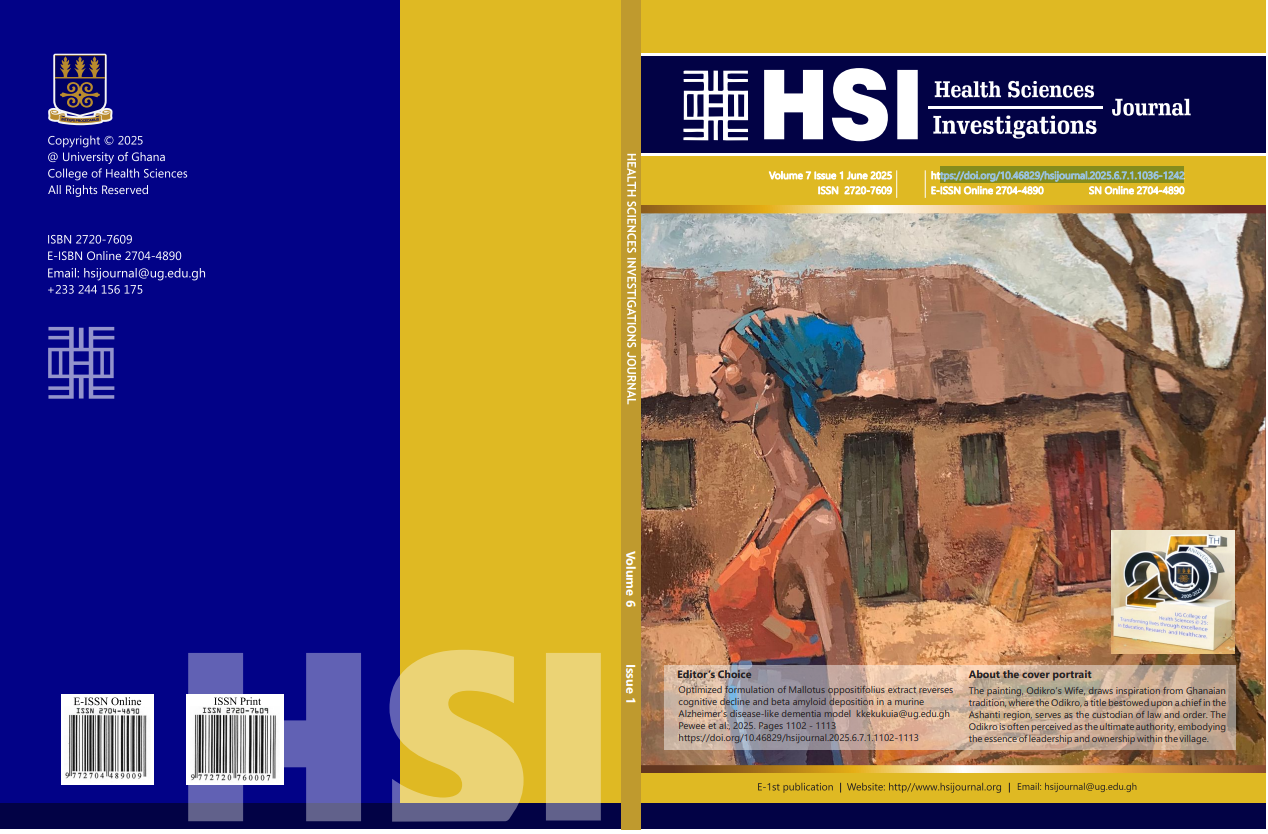A haematological and biochemical analysis of variability of whole blood across different blood donor groups in Yaoundé, Cameroon: A cross-sectional, descriptive study
Donor variability and haemato-biochemistry of whole blood
Abstract
Background: Data on blood donor variability in sub-Saharan Africa is scarce, despite whole blood being the primary transfusion product. Donor-related haematological and biochemical differences may impact storage quality and transfusion outcomes.
Objective: The study aimed to identify associations between blood donor characteristics and baseline haemato-biochemical parameters of blood units in the Yaoundé University Teaching Hospital (YUTH).
Methods: A descriptive cross-sectional study was conducted on blood donors of the YUTH between May and August 2023. A structured questionnaire was used to collect socio-demographic, lifestyle and medical information. Blood samples were taken from donors and analysed for haematological and biochemical parameters. Pearson’s chi-squared test was applied to determine donor characteristics that affect the baseline hemato-biochemistry of blood units. Statistical significance was set at 0.05.
Results: One hundred and five donors were included; 74 (70.5%) were men, 79 (75.2%) were under 35 years old, and 49 (46%) were students. Hemolysis was higher in smokers (OR: 0.30, CI: 0.01 to 0.60, p-value: 0.001). Alcohol consumers had lower red blood cells (OR: 1.14, CI: 1.04 to 1.25, p-value: 0.02). Abnormally shaped red blood cells were more common in overweight donors (OR: 3.11, CI: 1.20 - 8.10, p-value: 0.02).
Conclusion: Baseline haematobiochemical parameters of whole blood vary due to differences in donor lifestyle and medical background. Information from this study could contribute to blood management in SSA, especially in the elaboration of blood donor education programs and in the adjustment of medical selection criteria.


